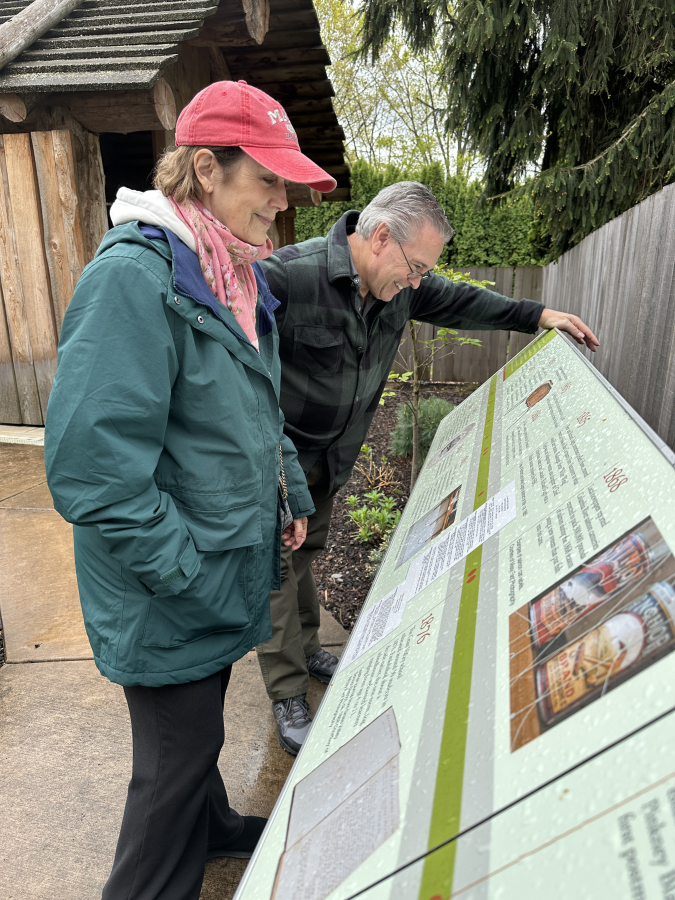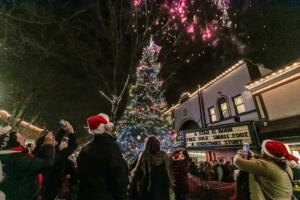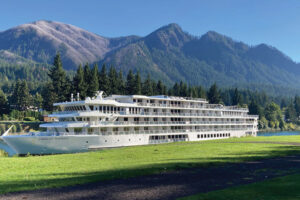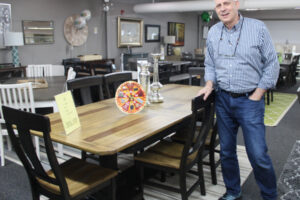Two Rivers Heritage Museum’s newest exhibit portrays some of the most important and interesting moments and people in East Clark County history and highlights the museum’s authentic artifacts in a way they’ve never been highlighted before.
The museum will hold a public dedication ceremony for the “Pieces of History: An Artifacts Timeline” outdoor timeline exhibit, created by museum volunteers with the assistance of the Vancouver-based Clark County Historical Museum (CCHM), at 5 p.m. Friday, May 31, at Two Rivers Heritage Museum, 1 Durgan St., in Washougal.
“I grew up here in Camas-Washougal, so it’s fun for me to be able to see the county museum and Two Rivers be able to work together to pull this off,” said CCHM Executive director Brad Richardson. “Timelines are nice because they’re little entry points into interest. They hopefully engage people to want to know more about the story. I think it’s just really fun and pretty cool.”
CCHM’s public historian, Katie Bush, and Two Rivers Heritage Museum display committee members Karen and Richard Johnson and Gayle and Ivar Godtlibsen researched and selected the information for the exhibit, then identified objects from the Washougal museum’s archives to represent the timeline’s captions.
“The idea that was spawned by Brad, with his brilliance, was that you have an inventory, and people get to see some of that inventory, but they don’t pay attention to all of it, because it’s too much, and some of it is in the basement,” Richard Johnson said. “So what if you used the objects on a timeline? We went through (the inventory) over and over and over again, trying to make sure we had timeframes and objects that had interesting stories. Then we had to locate them, and that took months and months.”




